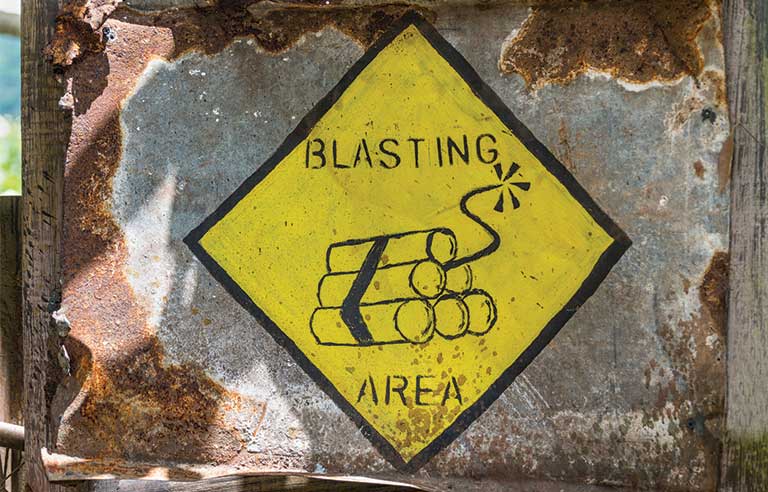
Washington — The Mine Safety and Health Administration’s direct final rule concerning advances in electronic detonators in metal and nonmetal mines has gone into effect, the agency announced March 18.
The agency first defined detonators in its regulations in 1979 as devices “containing a detonating charge that is used to initiate an explosive such as electric blasting caps and nonelectrical instantaneous or delay blasting caps.”
MSHA states it initially believed that definition provided a means for the “automatic inclusion” of new technology. In January 1991, the agency clarified that detonating cords are not included in the definition and divided detonators into two classes.
The final rule adds the words “electronic detonators” to its definitions in 30 CFR 56.6000 and 57.6000. It also includes a waiting period of at least 30 minutes for misfires of electronic detonators, or longer if the manufacturer recommends it (56.6310 and 57.6310). Additionally, electronic detonators are added to circuit testing rules (56.6407 and 57.6407) and for precautions during storms (57.6604).
The agency’s other explosive standards in 30 CFR 56 and 30 CFR 57 (Subparts E) still apply to electronic detonators.
“For those electronic detonator systems that the agency has reviewed, MSHA agrees with [the Institute of Makers of Explosives] that electronic detonators provide a working environment that is as safe or safer for miners compared to non electric and electric detonators because they provide for greater control of a blast,” the final rule states. “MSHA believes that recognizing electronic detonator systems as distinct from electric detonators will eliminate confusion over certain regulatory requirements.”


